The paper commences with an introduction.
In today’s fast moving world, stress and anxiety seem to be everywhere and we have to learn how to manage stress and how to get relaxation, because in our life, both are essential. One of the most commonly used methods of relaxation is reflexology foot massage, which is reflexology in particular. Reflexology is the principle that certain areas of the feet, hands and ears are connected to organs and systems in the body. Reflexologists say that by applying pressure to these areas the body’s natural healing processes can be stimulated.
Reflexology’s Historical Background
Reflexology dates back to the times of Egypt, China and India when these civilizations used early versions of reflexology as therapy. However, it was not until the beginning of the 20th century that reflexology began to take shape as we know it today, thanks to William H. Fitzgerald, an American specialist in the field of ENT. His “zone therapy” theory is the base for reflexology as we know it today and was developed by Eunice Ingham, whose foot maps are still widely used in reflexology practice.
Reflexology’s Operation
Reflexology states that the foot is a reflection of the whole body. According to reflexologists, the foot has ten zones which run from the toes to the heel of the foot, each of which is associated with a particular organ or system. Reflexologists apply pressure to these areas to send messages to the nervous system to help the body return to its natural state of equilibrium.
The Zones and Reflex Points Explained
Each area of the foot is linked to a particular organ or system:
- Toes: These are connected to the head and neck and the reflex points that can be worked on to help relieve headaches and sinus issues.
- Ball of the Foot: It is associated with the chest and lung area and can help with breathing and circulation.
- Arch: It is associated with the digestive organs and pressure is applied to help with digestion and relieve bloating or discomfort.
- Heel: It is linked to the pelvis and lower back and can help with menstrual pain or back pain.
The Holistic Benefits of Reflexology Foot Massage
Reflexology foot massage has numerous holistic advantages.
- Stress Reduction and Relaxation: Stress relief is one of the best known benefits of the practice as it provides deep relaxation. Reflexology can relieve stress and induce relaxation by targeting the right reflexes.
- Improved Circulation: Massaging the feet improves blood circulation and this can result in the delivery of oxygen and nutrients to other parts of the body, which can enhance health and cellular functions.
- Pain Reduction: Reflexology can help in reducing pain, which includes headaches, migraines, and back pain by the release of endorphins, the body’s natural painkillers.
- Enhanced Nerve Function: The stimulation of nerve endings in the feet can result in better nerve function and an increase in sensitivity, which can result in better reflexes and coordination.
- Boosted Immune System: Reflexology can help to enhance the immune system by promoting lymphatic drainage and improving circulation, which can prevent illnesses.
- Emotional and Mental Well-being: Reflexology is not only about physical well-being, but also about the emotional state of a person. Regular sessions can help with anxiety, depression, and insomnia, among other conditions by restoring balance.
Practical Issues to Consider and How to Find a Trained Reflexologist
For beginners, it is advisable to seek the services of a licensed reflexologist. The best practitioners are those who have received sufficient training and are members of a reflexology association. It is important to communicate with the reflexologist and express any health concerns or expectations so that the session can be adjusted accordingly.
Conclusion
Reflexology foot massage is a holistic practice that uses the body’s connection between the foot and the rest of the body. Reflexology is still being studied scientifically, but many people attest to its effectiveness and use it in conjunction with conventional medicine. Whether you are seeking a cure for a particular health condition or just a relaxing way to unwind and stress, reflexology foot massage might just be the solution that your body has been waiting for.
FAQs
What is reflexology foot massage?
Reflexology foot massage is a form of treatment in which pressure is applied to the soles of the feet, where various organs and systems of the body are mapped to, to stimulate healing and relaxation.
How is reflexology different from a typical foot massage?
Reflexology is not like a regular foot massage, as reflexology focuses on certain reflexes on the feet to promote healing in other parts of the body.
Is reflexology foot massage beneficial for people with chronic pain?
Many patients report that reflexology has helped them with their chronic pain by releasing endorphins and improving blood circulation, but results may differ from person to person.
Is reflexology safe for all individuals?
Reflexology is safe for most people, but it is always a good idea to check with a healthcare provider if you have any health issues or conditions.
How many reflexology foot massages should I get?
The number of sessions will depend on the person’s needs and health goals, but many people prefer to receive them once a week or once every two weeks.
